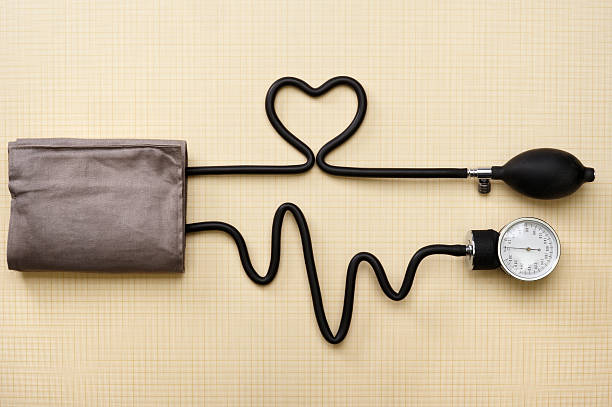The #1 Rated Blood Sugar Formula
Defining elevated hypertension: What is the range?

What is the normal range of blood pressure readings?
When a health care professional measures blood pressure, it is expressed as two numbers, one at the top (systolic) and one at the bottom (diastolic), like a fraction. For example, 120/80 mm Hg.
Blood pressure is measured in millimeters of mercury. That's what mm/Hg stands for. Here's what the numbers mean:
Your systolic blood pressure (top number) is the blood pressure in your arteries during a contraction or heartbeat.
Diastolic pressure (lower number) is the blood pressure in the arteries between beats, when the heart is resting.
Both figures are important for determining heart health.
Values higher than the ideal range may indicate that the heart is working too hard to pump blood to the rest of the body.
How to know the range between normal and abnormal blood pressure?
High blood pressure, also known as hypertension, is blood pressure higher than normal. Your blood pressure varies throughout the day depending on your activities.
If your blood pressure is consistently above normal, it may be diagnosed as high blood pressure (or hypertension).
The higher the blood pressure level, the higher the risk of other health problems, such as heart disease, heart attack and stroke.
The healthcare team can diagnose high blood pressure and make treatment decisions by checking systolic and diastolic blood pressure levels and comparing them to levels set by certain guidelines.
The guidelines used to diagnose high blood pressure can vary from health care professional to health care professional:
Some health professionals diagnose patients with high blood pressure if their blood pressure is consistently 140/90 mm Hg or higher.
Other health professionals diagnose patients with high blood pressure if their blood pressure is consistently 130/80 mm Hg or higher.
Blood pressure categories
The five blood pressure ranges recognized by the American Heart Association are:
Normal
Blood pressure below 120/80 mm Hg is considered normal. If your results fall into this category, stick to heart-healthy habits such as eating a balanced diet and exercising regularly.
Elevated
Elevated blood pressure occurs when readings consistently fall within the range of 120-129 systolic and less than 80 mm Hg diastolic. People with elevated blood pressure are at risk of developing hypertension unless they take steps to control the condition.
Stage 1 hypertension
Stage 1 hypertension is when blood pressure consistently fluctuates between 130-139 mm systolic or 80-89 mm Hg diastolic. At this stage of hypertension, doctors are likely to recommend lifestyle changes and may consider adding blood pressure medication depending on the risk of atherosclerotic cardiovascular disease (ASCVD), such as heart attack or stroke.
Stadium 2 hypertension
Stage 2 hypertension occurs when blood pressure is consistently 140/90 mm Hg or higher. At this stage of hypertension, doctors are likely to prescribe a combination of blood pressure medications and lifestyle changes.
Hypertensive crisis
This stage of hypertension requires medical attention. If your blood pressure suddenly exceeds 180/120 mm Hg, wait five minutes and then check your blood pressure again. If the readings are still unusually high, contact your doctor immediately. This could be a hypertensive crisis.
If your blood pressure is higher than 180/120 mm Hg and you are experiencing signs of possible organ damage, such as chest pain, shortness of breath, back pain, numbness/weakness, changes in vision or difficulty speaking, don't wait for your blood pressure to drop on its own. Call 911.
[cool_tag_cloud on_single_display="local"]






